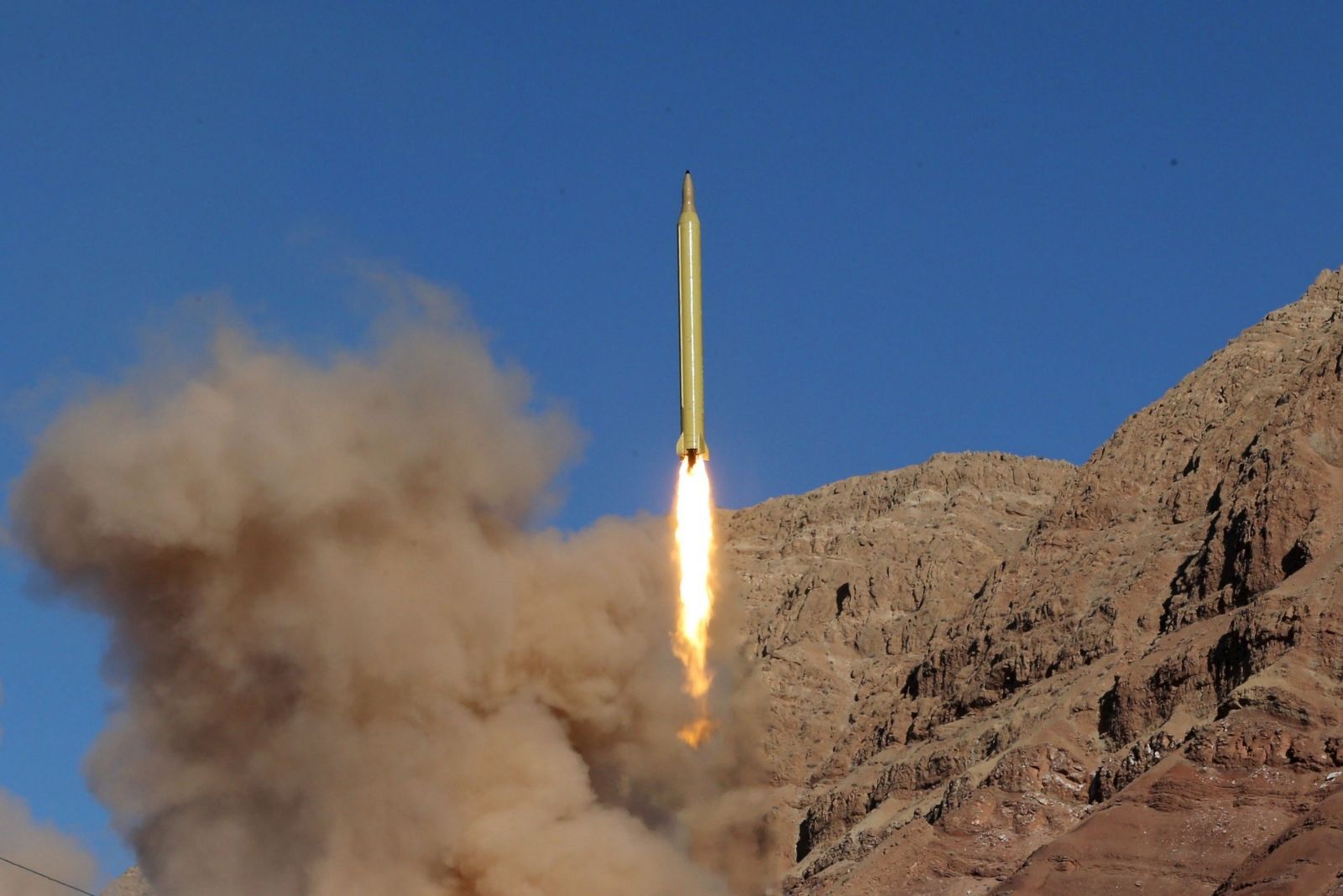Voice of America News,
WASHINGTON: U.S. lawmakers are describing as “disturbing” a report from the Government Accountability Office that says the Defense Department has been unable to account for tens of thousands of weapons supplied to Afghanistan's security forces. There are also concerns voiced in congressional hearings about the situation in Afghanistan and future U.S. strategy.
The GAO report says the Defense Department failed to maintain adequate inventory controls for 36 percent, or about 87,000 of 242,000 weapons supplied during a four-year period ending in June 2008.
The weapons include assault rifles, machine guns, pistols, mortars and rocket-propelled grenade launchers supplied to Afghanistan's army and police.
The Defense Department could not provide serial numbers for about 46,000 of these weapons, and kept no reliable records for about 135,000 weapons obtained for Afghan forces by 21 countries or donors.
Charles Johnson of the non-partisan Government Accountability Office was the first witness before the House National Security and Foreign Affairs Subcommittee.
“Lapses in accountability occurred at all phases of the supply chain, including when the weapons were obtained, transported to Afghanistan and stored at two central storage depots in Kabul,” he said.
Johnson says the Defense Department failed to provide clear guidance to U.S personnel about procedures in handling weapons for Afghan security forces.
The Combined Security Transition Command – Afghanistan, or CSTCA, is responsible for receiving, storing and distributing weapons for Afghan forces.
The GAO report also found compromised accountability in how weapons were transported to Afghanistan, poor security at storage facilities, and no routine physical inventories conducted until July 2008.
Lawmakers say the findings raise disturbing questions about weapons that may have fallen into the hands of Taliban or al-Qaida forces, who staged attacks in Kabul this week.
“What if we had to tell those families [of American soldiers] not only why they were in Afghanistan, but why their son or daughter died at the hand of an insurgent using a weapon purchased by U.S. taxpayers. But that is what we risk if we were to have tens of thousands of weapons we provided, washing around Afghanistan [and] off the books,” said Committee chairman Democratic Representative John Tierney.
Principal Deputy Inspector General at the Pentagon, Thomas Gimble, outlines some of the steps the military has taken to correct problems.
“They also initiated formal procedures to ensure that serial numbers on weapons provided Afghan security forces are recorded in the DOD small arms, light weapons serialization program,” he said.
In this hearing and another in the House Armed Services Committee, lawmakers and witnesses renewed concerns about the overall situation in Afghanistan.
Mark Schneider, Senior Vice President, International Crisis Group, says President Obama inherits a chaotic situation made worse by a disorganized U.S. and allied strategy.
“Strategic incoherence and inadequate coordination here in Washington, in Kabul, within the U.S. military, between the military and civilian government agencies, and between the U.S. and its international partners in Kabul are fatal to success in confronting the Taliban insurgency,” he said.
Drawing a contrast with Iraq, General Jack Keane, a former Army Vice Chief of Staff, says President Obama faces important decisions about how to proceed in Afghanistan.
“It is not just resources. We threw lots of resources at the problem in Iraq. Resources are crucial, I am not diminishing their importance, but it is how we use the resources, how we employ the troops. We had 150,000 troops and we were employing them the wrong way in Iraq and that is why for three years we were failing,” he said.
President Obama has ordered a complete review of U.S. policy on Afghanistan and Pakistan, with his special envoy Richard Holbrooke holding talks in the region.
A Defense Department report in January said U.S.-led forces lacked the numbers and resources required to control the south of the country and effectively combat a strengthening insurgency.









